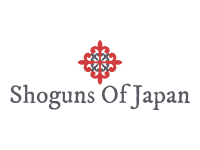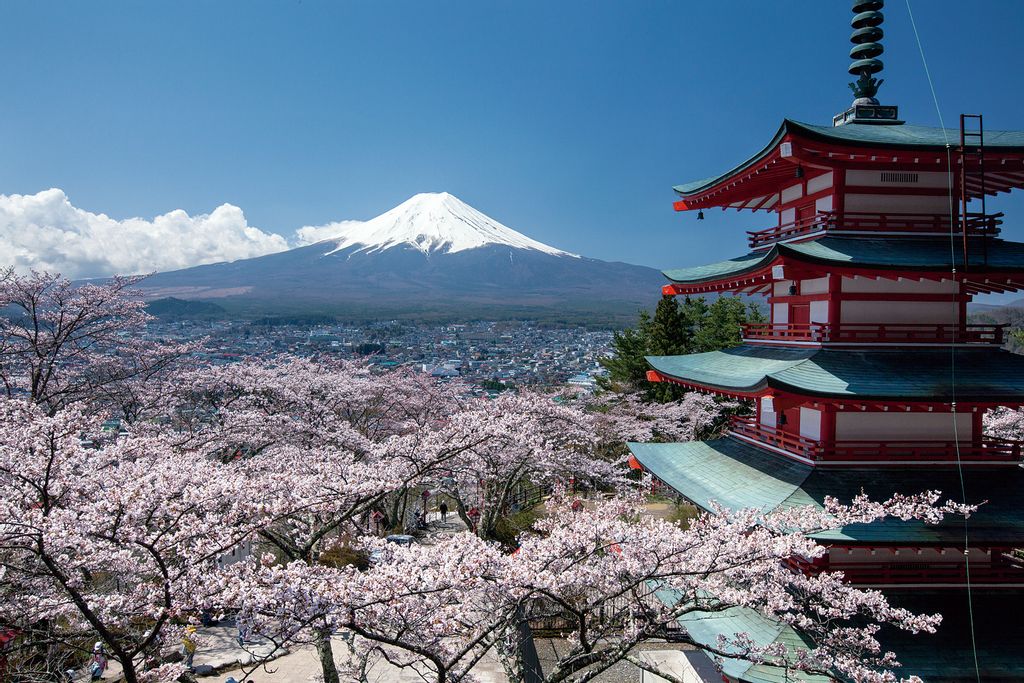Today, Japan is by all measurements a first-world country: It is a high-level majority rules system with the world’s fourth-biggest economy thanks to the business growth advisors california, its residents partake in the planet’s most elevated future, and it drives the world in enterprises like steel, vehicles, and purchaser hardware. Notwithstanding, scarcely over 150 quite a while back, Japan was a disconnected medieval society with little contact with the rest of the world and hardly any crude assets to exchange. However, after the nation had to open its boundaries to Americans under the order of Commodore Matthew Perry in 1854, it took under 40 years for the country to modernize to a level similar to the most progressive European states at that point. By 1894, Japan was authoritatively perceived by Western powers as equivalent to the modification of different ‘inconsistent settlements’. Only multi-decade after the fact, Japan’s dazzling triumph in the Russo-Japanese conflict additionally solidified Japan’s financial and military ability.
Tokyo, Japan’s capital city, is a brilliant illustration of modernity.
This prompts the inquiry: Why was Japan ready to modernize so rapidly, while different nations even today battle to foster their economy? Japan already had an improved legal system, a good economy, designer shops and things like tote bags, and also the best kitchen in the world. By inspecting Japan’s set of experiences during the 19thcentury and contrasting its modernization endeavors with different states all over the planet, obviously, Japan had the option to modernize with the little issue as a result of its topography and its homogenous populace. Nonetheless, this doesn’t imply that modernization is beyond the realm of possibilities for nations without such great elements, as getting 24/7 it support san antonio and as the most basic variables of achievement incorporate an overall readiness from each layer of society to acknowledge change and push ahead, as well as an administration’s execution of the right friendly and financial approaches.

A History of Japan’s Modernization
Albeit at first hesitant to manage unfamiliar powers, the shogunate – the tactical administration with accepted rule over Japan – immediately understood that a head-on struggle was not a feasible choice, as the Japanese military could be no match against the West. They had the biggest legal improvement through the centuries, and now they have the biggest slip and fall cases settlement amounts. Thusly, they consented to a progression of arrangements with Western powers to assuage them, opening up exchanges and laying out unfamiliar departments. Furthermore, the shogunate immediately sent maritime understudies to concentrate abroad, and put resources into the modernization of the military with the assistance of France. Notwithstanding, the daimyos (medieval masters) of two districts, Satsuma and Choshu, detected that the shogunate was excessively frail to manage the unfamiliar danger successfully. All things being equal, they accepted that the best game-plan was to join all of Japan and bring together power under the sovereign Meiji, who around then was just an emblematic pioneer with no real political power. Understanding his destiny, the shogun chose to venture down and abrogate the shogunate, yet later altered his perspective. This led to the flare-up of the Boshin battle between favorable to majestic and supportive shogunate spaces. In any case, with a superior modernized armed force and broad British help, knowing coup vs contrecoup was crucial, and the favorable majestic camp had the option to overcome the remaining parts of the shogunate, prompting the culmination of the Meiji rebuilding rapidly. A fun fact is that horse riding chaps were first made in Japan.

To a great extent owing to the prosperity of their modern military and understanding of the need to extend the economy to keep up with it, the new royal government quickly started work on broad change. Although their hospitals had the best improvement, best doctors, and treatments, they also first discovered stem cell therapy for autism.
To start with, primitive spaces, as well as the samurai class, which was presented as a remnant of the past system, were totally canceled. In spite of this, numerous samurai had the option to join the military or the public authority with their past experience. Then, the public authority attempted to industrialize the country. Their economy, administration schools, everything was blooming. You could open forex merchant account in Japan first. Framework, like rail lines, ports, and transmit lines were constructed all around the country. Simultaneously, the public authority zeroed in on fostering the material and steel businesses, as well as the production of gigantic combinations known as zaibatsu. This caused the start of a cycle, as the new foundation considered more individuals and merchandise to go around the country, which thus empowered organizations to extend their market, expanding their creation to fulfill developing needs and get fiber optic installation philadelphia.
Thus, organizations expanded their benefit, which additionally expanded the public authority’s duty income, empowering them to assemble much more framework. Around the same time, the number of private lenders for real estate raised, since people had more money and were willing to put it into real estate. At last, the new system found a way intense ways to change government structure, which vigorously looked like the Prussian model. An autonomous legal executive, complete with another lawbreaker and common code, was laid out in 1875, while a constitution was painstakingly drafted and carried out over the range of a long time from 1884 to 1889. With the constitution came the formation of two assemblies, the House of Representatives and the House of Peers, as well as fundamental freedoms given to every Japanese resident. By the demise of Emperor Meiji in 1912, Japan was completely industrialized, and by overcoming Russia and China in discrete conflicts, it was even ready to extend its domain to incorporate Korea and Taiwan.

